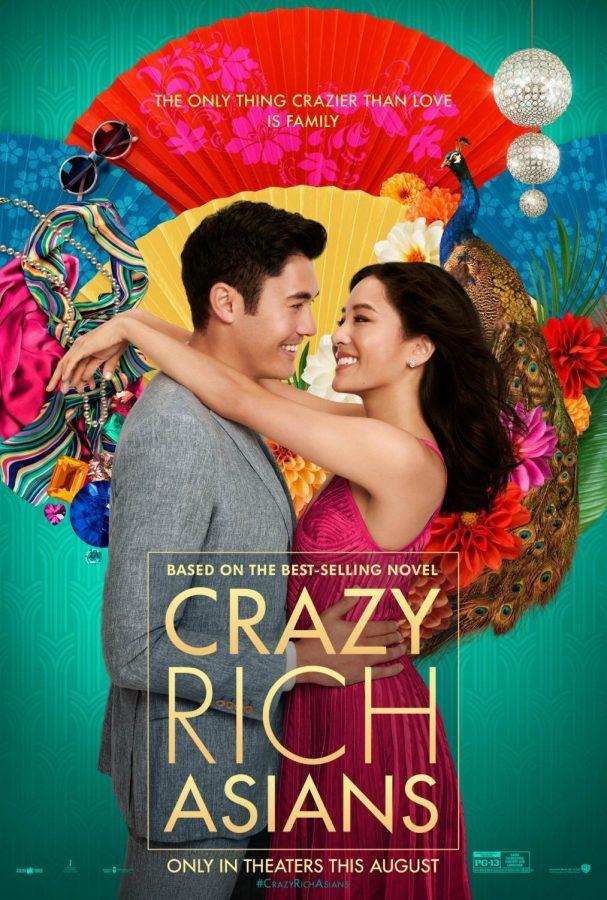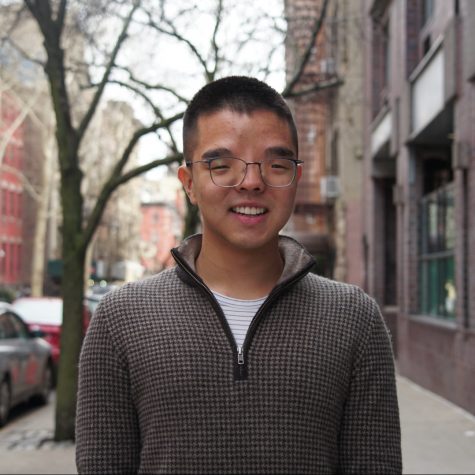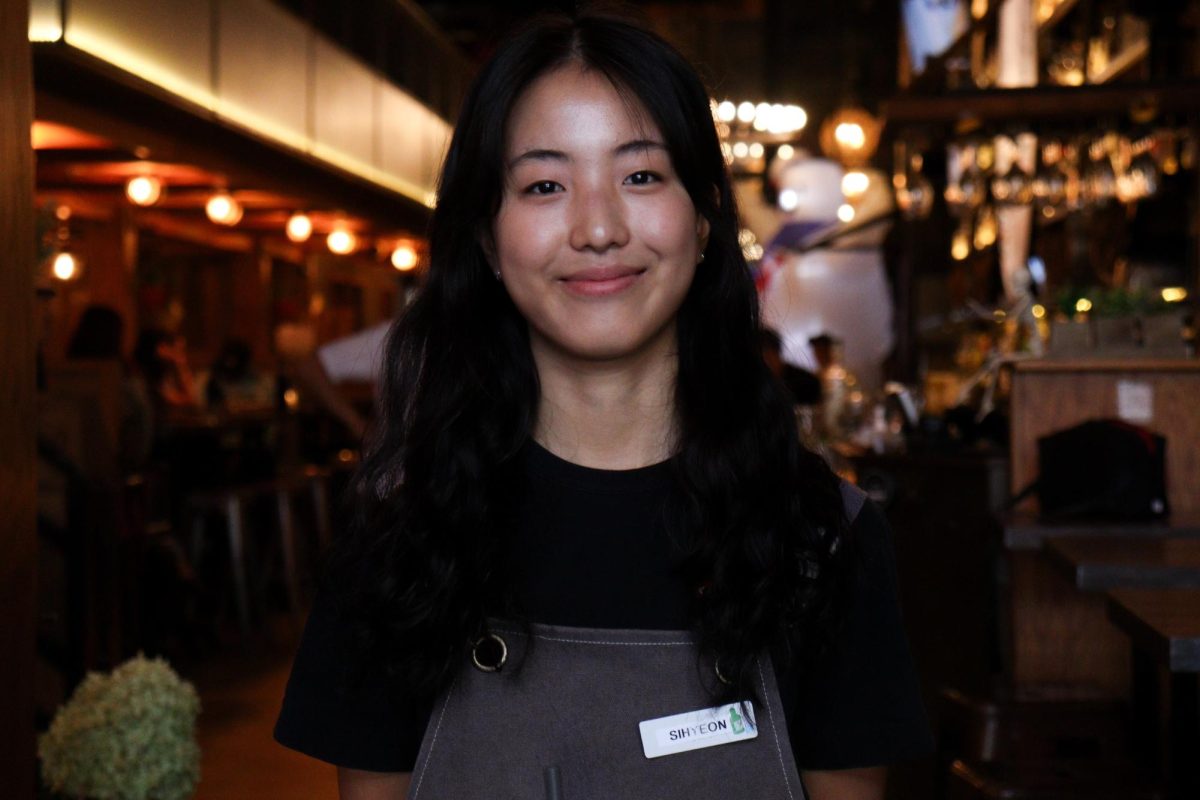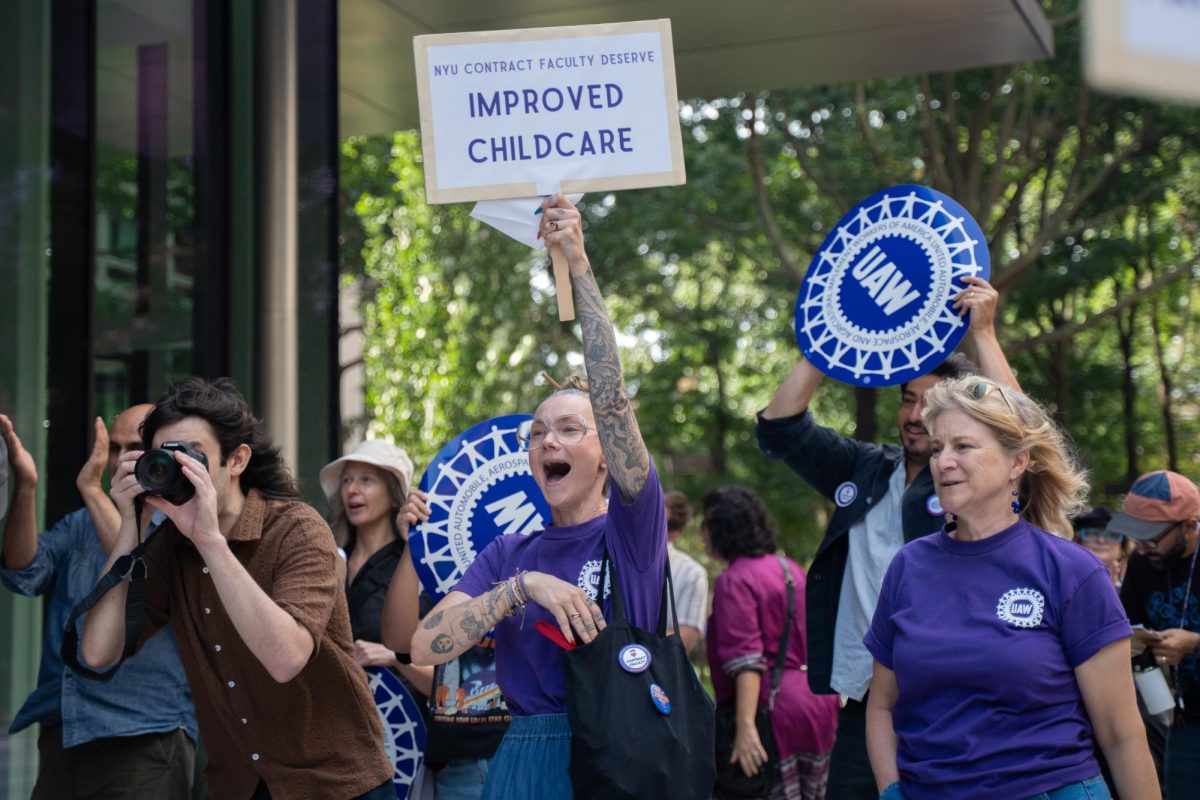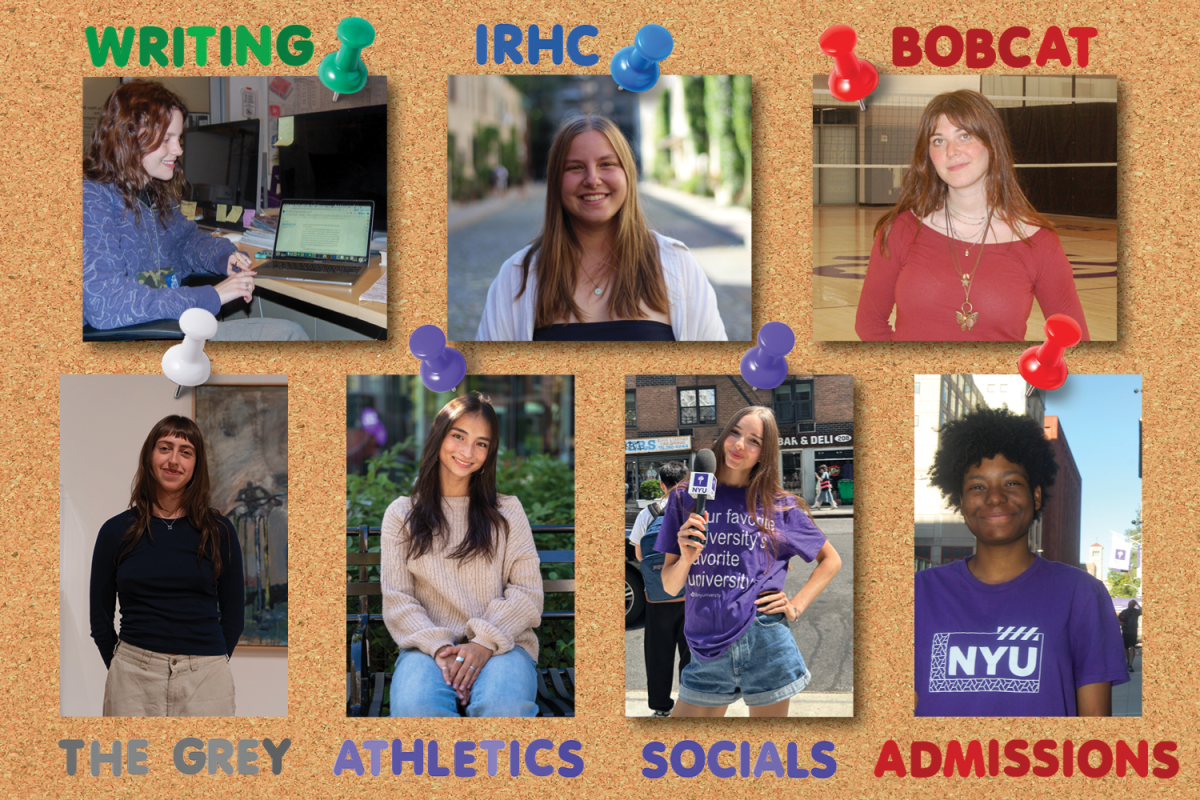The Limitations of ‘Crazy Rich Asians’
Courtesy of Warner Bros. Pictures
The movie poster from “Crazy Rich Asians.”
September 10, 2018
Most would agree that the lack of Asian representation in pop culture has created a vacuum that has begun to close as of late. With all the hype surrounding recent films like “Crazy Rich Asians,” “Searching” starring John Cho and Netflix’s “To All the Boys I’ve Loved Before,” Asian-Americans are finally becoming the protagonists of their own stories; however, audiences and NYU students have come to question and critique these films’ success.
Director Jon M. Chu’s “Crazy Rich Asians” has been recognized as a huge leap forward in the path to proper Asian representation. Adapted from Kevin Kwan’s novel of the same title, the film is the first in 25 years to feature an all-Asian cast since 1993’s “The Joy Luck Club.” The film, which connects the stories of four generations of Chinese women is a splashy depiction of the wealthiest in Asia and bestows Asians with a sense of pride by giving them a story in which they take
the foreground.
However, backlash has arisen due to the film not accurately depicting Singapore, where the film is set. The blockbuster fails to include the almost 25 percent of Malays, Indians and other ethnic minorities that make up the country’s population. Others critique the fact that the film only portrays privileged characters, which buries the harsh reality of racial income inequality within the Asian-American community.
While the various criticisms and compliments the film has garnered since its release in August are important to consider, NYU students have mixed feelings on whether they should make or break this landmark moment for Asian-American representation.
“Jon Chu did a lot of things right, but arguably also a lot of things wrong,” said Tisch sophomore John Dai.
“My take is, there’s no need to scrutinize every political, racial, etc. aspect of this film. I understand there’s much to talk about with the film being a cultural breakthrough for Asian-Americans, but I personally don’t like getting into the nitty-gritty.”
In a time when Asians can’t afford to lose their film roles to the Scarlett Johanssons of the film industry, “Crazy Rich Asians” has been hit with an enormous amount of pressure to do it all. Constant whitewashing results in frustration when an Asian lead is not perfectly representative of x, y and z.
Tisch sophomore Brian Cheng explains his hesitancy to absolutely champion the lauded film.
“As a filmmaker, you have to look at [“Crazy Rich Asians”] as a wildly popular bestselling book — either way it was going to get made into a movie, even changing [Constance Wu’s] character to be white at one point,” said Cheng. “The fact is they were going to do whatever they could to get their profit margin.”
Regardless of some criticism that “Crazy Rich Asians” has received, the film is undoubtedly a mark for change in the representation of Asian-Americans in cinema and entertainment. It was not long ago when seeing a TV show like “Fresh Off the Boat” or hearing American teens fangirl over K-pop bands like BTS was unheard of. “Crazy Rich Asians” gives leeway for Asians in mainstream media.
The future of Asian-American cinema shines more bright than it ever has. “Crazy Rich Asians” and similarly diverse stories provide an opportunity for minorities and their experiences to be validated on a major platform. Strides in casting, cinematography, directing and behind-the-scenes roles have a long way to go before they can be considered truly diverse, but at the end of the day, it is the quality of work and importance of the stories being told that will prevail.
“I have my own story — I am Asian and disabled and it gives me more hope
A version of this article appeared in the Monday, Sept. 10 print edition. Email Joel Lee at [email protected].

























































































































































